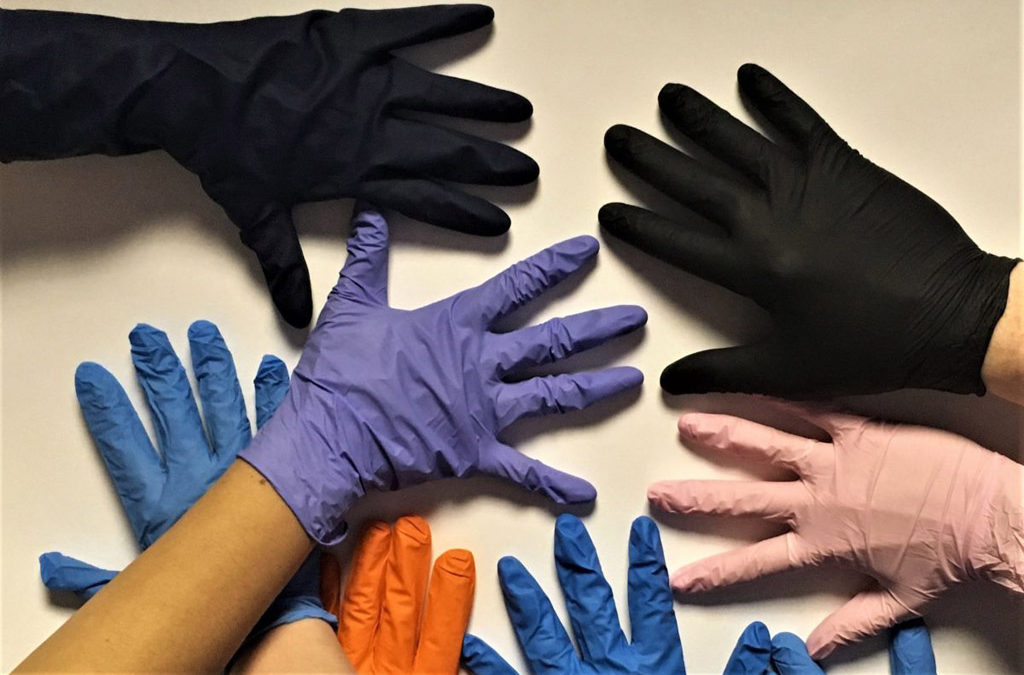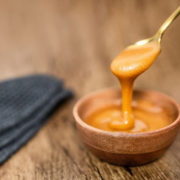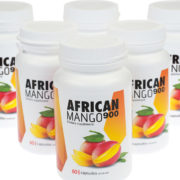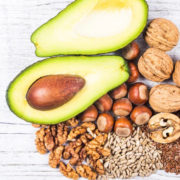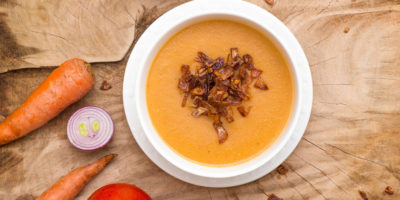Cotton is a shrubby plant that belongs to the Mallow family. Starting from designer women’s wear collections to towels, bedsheets, and tents, the solid cotton fabric is widely used for its appearance, versatility, and natural comfort. Note, this wonderful fiber is mainly grown in the tropical and subtropical regions (especially during the hot summer days when there’s plenty of bright sunshine and relatively low humidity). However, before this nature’s wonder fiber can be converted to fabric, it needs to undergo a series of processes that are briefly discussed below. So, please keep reading and know the step-by-step processes of preparing solid color cotton fabric.
Understand the Process of Solid Color Cotton Fabric – From Knitting to Dyeing
1 — The First Step (Plantation): Before processing the fabric, the cotton plants need to be irrigated and harvested. After the harvesting process, cotton fiber is cautiously separated from the cotton seed. It’s known as the ginning process. Oftentimes, the cotton seeds are run through a cleaning equipment in order to remove sticks, leaf trash, and other forms of debris.
2 — The Second Step (Knitting): The raw cotton fiber now needs to be converted into solid color fabric. This process is termed as knitting or fabrication process. During the knitting process, a series of fiber loops are linked together by using the needles. Kindly note, there are two types of knitting processes that are used for the processing of solid color cotton fabric, such as weft knitting and warp knitting.
Apart from knitting, another process (i.e. weaving) can be also used to convert the raw fibers to the fabric. Nevertheless, knitted fabrics are quite softer and even more flexible than the woven fabrics.
3 — The Third Step (Dyeing): Just threading the raw fibers together in order to produce the fabric isn’t enough. The fabric needs to be dyed with bright, vibrant solid colors so that it grabs the attention of potential buyers. To apply the vibrant colors to the knitted fabrics, the dyeing process (specifically Piece Dyeing process) is widely used.
In this process, solid colors are spread over the entire cloth material. Once the color is appropriately applied to the full-width fabric cloth, it is passed through multiple padded rollers in order to remove any excess liquid.
4 — The Fourth & Final Step (Finishing cum Final Touches): This is the final process for manufacturing solid color cotton fabric. Kindly note, the finishing process can greatly vary from fabric to fabric (based on the end-use requirements). The main purpose of this finishing process is to add a lustrous shine, improve the quality, and characteristics of the final fabric.
How to Test the Quality of the Final Fabric?
To test the quality of the solid cotton fabric, the below-mentioned four parameters should be meticulously assessed and analyzed.
i) Durability: To assess the durability of the final fabric so that it can last for a few seasons, you should touch the fabric. Cotton fibers that are tightly and closely knitted together typically last longer and tend to become more durable.
ii) Softness and Smoothness: These two parameters can be also assessed by touching the fabric material. Please make sure the fabric feels comfortable on the skin. If it tends to be rough, scratchy, and unsmooth, then it won’t be comfortable to wear and use.
iii) No Pills: Cotton fibers are quite prone to pilling. So, carefully assess the dyed fabric; ideally, there should not be any trace of pilling.
iv) No Gaps or Size Differences: Since raw cotton fibers are knitted in order to make up the final fabric, it’s recommended to closely inspect if the material has any unwanted gap or size difference between the individual threads. In case there are gaps and size differences on the solid color fabric, the quality seems to be poor and inferior.



